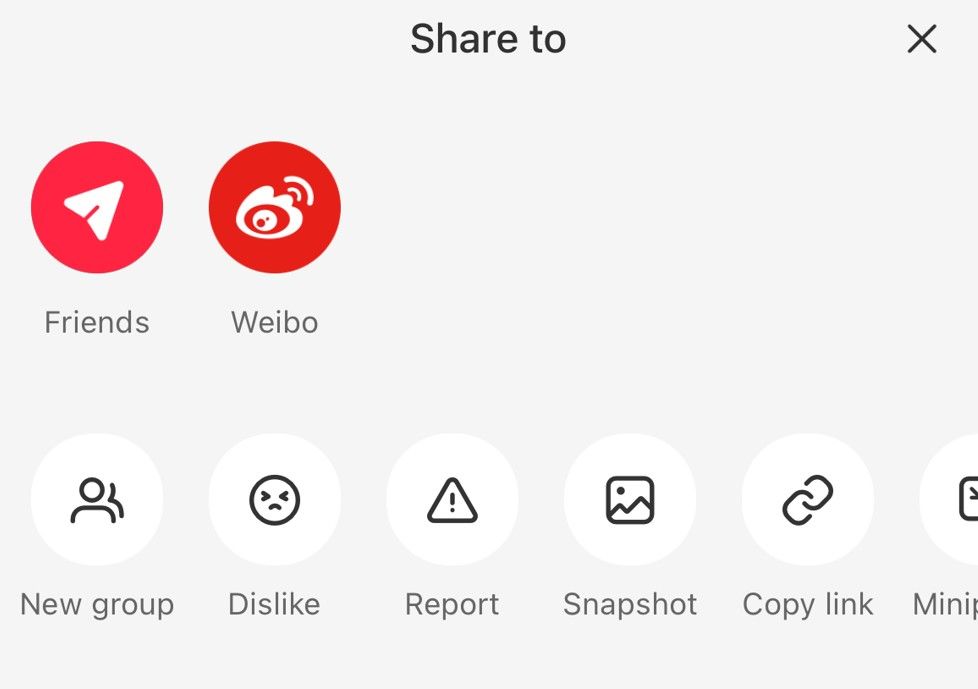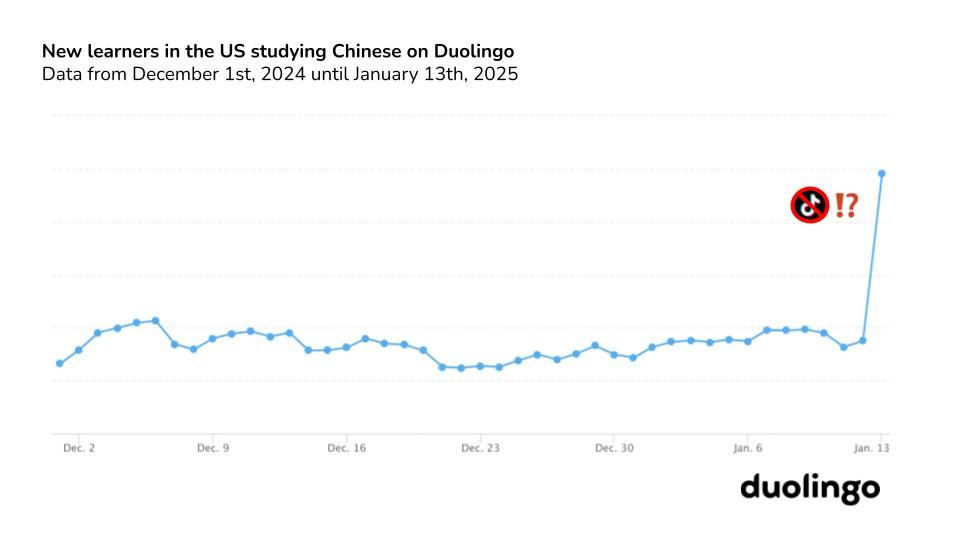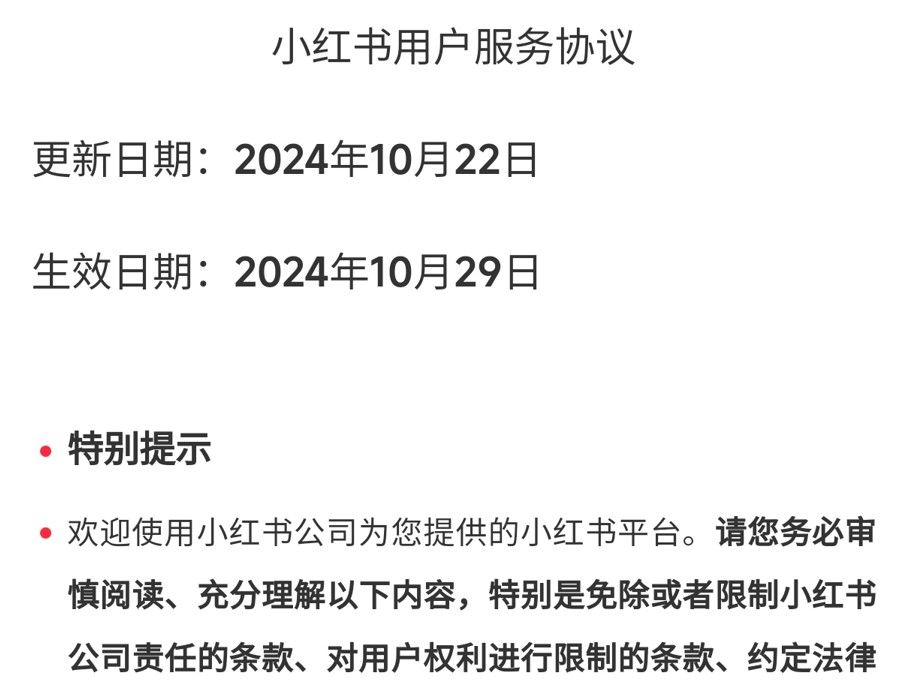One of the fascinating aspects of the internet is that you’ll often find alternatives for almost everything. With TikTok facing a ban in the US, many Americans have started using the RedNote app as an alternative. But what is the RedNote app, and how does it compare to TikTok?
What Is RedNote?
The first thing you need to know is that RedNote is not the official name of the app that is attracting American TikTok users. The app’s official name is Xiaohongshu, which means little red book in Chinese. However, American TikTok users have dubbed it “RedNote,” and it is gaining popularity under that name.
RedNote, aka Xiaohongshu, is one of the most popular social media apps in China. While some consider it a TikTok alternative, you may find it more similar to Instagram. This is why Chinese users often view it as an Instagram alternative, especially since Instagram is banned in China.
The app was launched in Shanghai in 2013 by Charlwin Mao and Miranda Qu. Since its debut, the platform has rapidly gained popularity and currently has over 300 million users. One interesting thing about RedNote is that, unlike Weibo, which targets a wide range of audiences in China, RedNote is primarily popular among young people, particularly women.
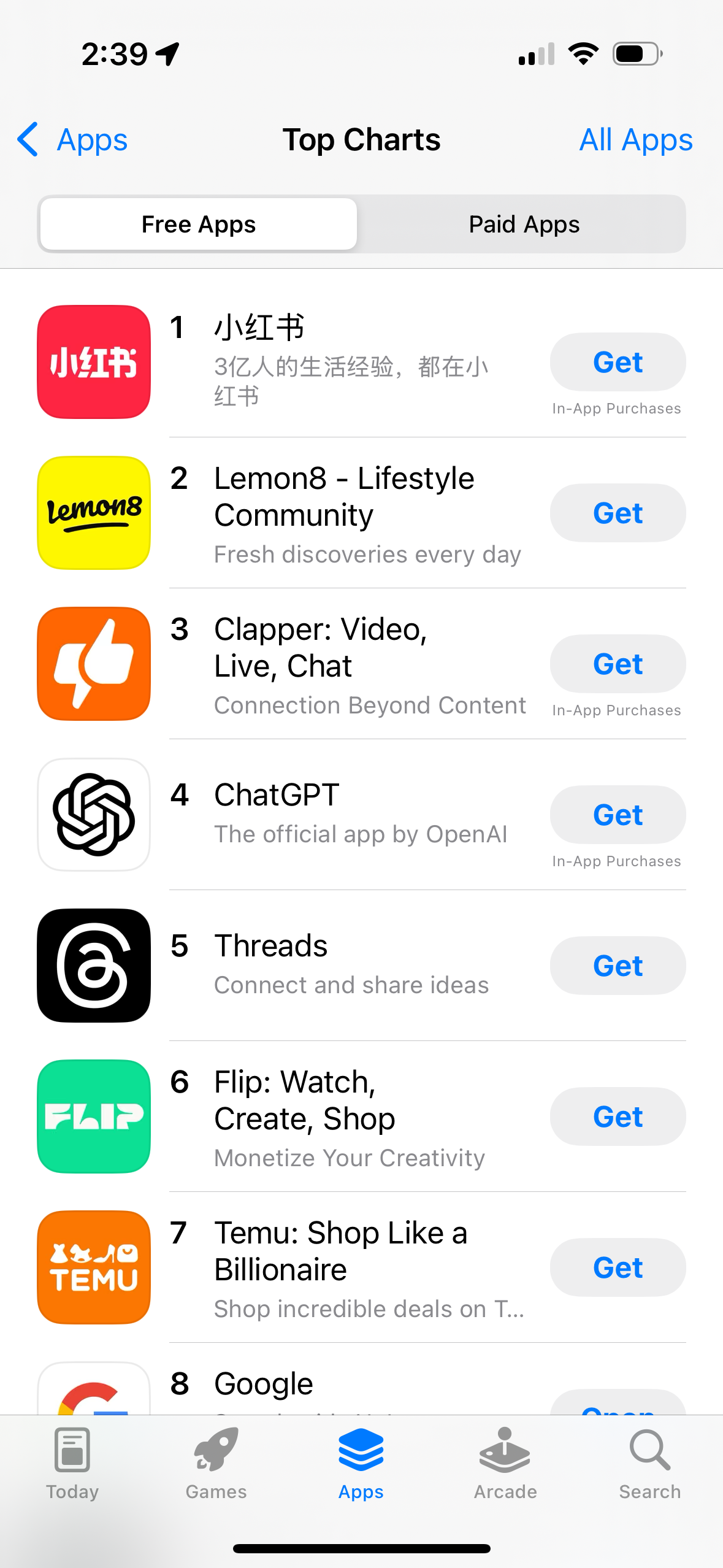
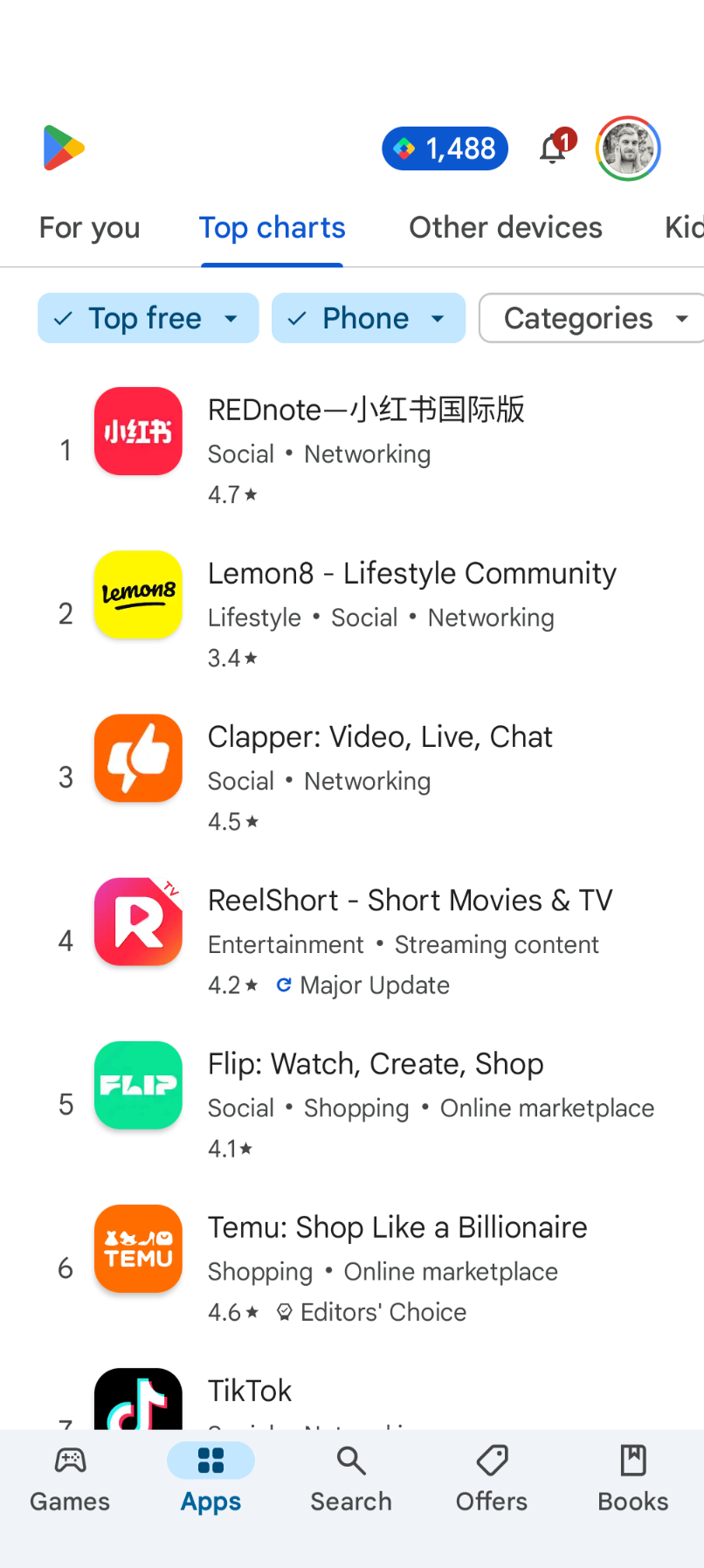
App Store and Play Store charts on January 16.
RedNote downloads in the US have surged as January 19 approaches—the date TikTok is expected to be banned nationwide. According to Reuters, the app has been downloaded more than 700,000 times in the US over the past few days. As a result, it has secured the top spot in the US App Store rankings, surpassing Bluesky. While this number is small compared to TikTok’s approximately 150 million US-based users, the app’s growing popularity suggests its downloads will only continue to rise.
How Is It Similar to TikTok?
As mentioned earlier, RedNote is not the TikTok alternative in China—that’s Douyin, another app owned by ByteDance, TikTok’s parent company. However, since many features of RedNote are similar to TikTok, American users have started viewing it as their TikTok alternative.
Just like TikTok, RedNote allows you to create short videos on any topic you want. There’s a trending page showcasing popular videos (currently filled with the old RedNote users trying to teach Mandarin to the American users who have landed on the app). At the top of the app, there are tabs labeled Follow, Explore, and Nearby.
The Follow tab displays videos from accounts you follow. By tapping the Explore tab, you can discover new videos. The content you see will typically align with the types of videos you interact with most. The Nearby tab, as the name implies, shows videos from creators near your location. Of course, to access this feature, you’ll need to grant the app permission to use your location.
The app also allows you to like and comment on videos. However, the share option is a bit different from TikTok or any other social media app you might have used. Upon tapping the share icon, you’ll only find Weibo as an app recommendation. But I think it’s understandable as the app is geared toward a Chinese audience where platforms like Instagram and WhatsApp are banned, and Weibo is the primary social app.
RedNote also includes a chat feature, enabling you to message accounts you follow. You can access all your conversations in the Messages section at the bottom of the app. The biggest difference between TikTok and RedNote is the language. Since RedNote was originally designed for users in China, most of its content is in Mandarin.
While English-language content may grow over time, for now, almost all the videos on the platform are in Mandarin. Interestingly, Duolingo, a language-learning app, recently reported a 216% increase in US users learning Mandarin, which suggests that users are serious about making RedNote their next TikTok.
Why TikTok Users Are Flocking to RedNote
The main—and likely only—reason TikTok users are flocking to RedNote is that TikTok is expected to be banned in the US on January 19. Users are now searching for a new app to replace it. The ban stems from concerns among US lawmakers that TikTok and its parent company, ByteDance, might share Americans’ personal data with the Chinese government. Additionally, they worry that TikTok’s content recommendation system could be used to spread misinformation within the country.
Despite TikTok denying these allegations, Joe Biden signed legislation last year setting January 19 as the deadline for ByteDance to divest its ownership of TikTok. With that date now just a couple of days away and no signs of ByteDance complying, it seems almost certain that the app will be banned in the US.
The ban doesn’t mean TikTok will immediately disappear from your phone. Instead, once the ban is enforced, TikTok will be removed from the Google Play Store, Apple App Store, and any other platforms that distribute apps. If these platforms fail to comply, they could face government penalties. They will also be penalized if they attempt to distribute updates for TikTok.
Although TikTok may initially remain on your smartphone, it will become unusable over time without updates. There’s also a strong possibility the app will stop working altogether, displaying a message such as, “TikTok is banned in the U.S. and cannot be used,” or something similar to the message Indian users see when trying to access TikTok, as the platform is already banned there.
Is RedNote a Safe App?
No matter how good an app’s usability and interface are, its success in a particular country largely depends on whether it’s safe for users. Unfortunately, RedNote is facing similar concerns as TikTok.
As mentioned, RedNote is a Chinese app similar to TikTok, raising similar concerns to those prompting the US to ban TikTok. Like TikTok, RedNote collects a significant amount of user data. According to the app’s privacy policy, by signing up, you agree to share your location, browsing habits, and other information. And since the app is subject to Chinese data laws, the Chinese government can demand user data at any time.
What’s even more alarming is that the app’s terms and conditions, displayed during the signup process, are written in Mandarin. While you can use translation tools to interpret them, there’s no guarantee the translated text accurately conveys the original meaning.
Another concern is RedNote’s content recommendation policy. As the app is subject to Chinese data laws, it may show biased content to US users, which is another reason why US officials have decided to ban TikTok. Due to these concerns, some reports suggest that RedNote might also face a potential ban in the US.
The bottom line is that since ReNote exhibits many of the same practices that led to TikTok’s ban, its future in the US looks uncertain. If you still choose to use it, I’d recommend being very careful of the information you provide and thoroughly reviewing the app’s privacy settings to ensure it doesn’t collect data you’re uncomfortable sharing.
TikTok has often been involved in controversies in various countries, and most of the time, this has resulted in it being banned in those countries. India, France, and Afghanistan are some of the major countries where TikTok has already been banned. Now, it seems almost inevitable that the United States will join the list unless something drastic happens.

